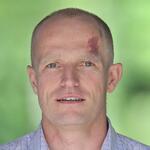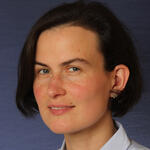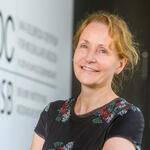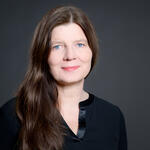Of bits, bytes, and bacteria: a week of systems biology at the MDC
An Laborbänken hantieren und komplexe Rechenmodelle ausprobieren: Bei der MINT-Excellence-Akademie „Systembiologie“ schlüpfen die teilnehmenden Schülerinnen und Schüler für ein paar Tage in die Rolle von Mathematikerinnen und Biologen. Die Systembiologie-Woche ist eine Veranstaltung des nationalen Excellence-Schulnetzwerks MINT-EC, zu dessen Mitgliedern auch das Max-Delbrück-Centrum für Molekulare Medizin in der Helmholtz-Gemeinschaft (MDC) gehört, und des Gläsernen Labors am MDC. Die Veranstaltung wird von der Joachim Herz Stiftung gefördert, die das Konzept entwickelt hat, und bietet ein umfassendes Programm: Vormittags geben Dozenten der Joachim Herz Stiftung Einblicke in die Theorie und erklären beispielsweise, wie sich Bakterienwachstum mathematisch modellieren lässt. Zusätzlich können sich die Schülerinnen und Schüler bei Experimenten im Gläsernen Labor praktisch erproben. An den Nachmittagen hospitieren sie in insgesamt zehn Laboren des Berlin Institute for Medical Systems Biology (BIMSB) am MDC, wo sie den Forschenden über die Schulter schauen können.
Benches and bytes, here we come: The MINT Excellence Academy „Systems Biology“ gives pupils the opportunity to slip into the roles of mathematicians and biologists for a few days. The MINT Academy is a project of the national high school excellence network called MINT-EC; participants include the Max Delbrück Center for Molecular Medicine in the Helmholtz Association (MDC) and the Gläsernes Labor here on campus. It’s a chance for 20 highly motivated students to capture a unique look at a wide range of themes. The morning program includes lectures by teachers from the Joachim Herz Foundation on theoretical topics such as the mathematical description of bacterial growth. The pupils carry out experiments of their own in the Gläsernes Labor, and during the afternoons, the group is split among ten labs of the Berlin Institute of Medical Systems Biology (BIMSB) at the MDC, where they watch over the shoulders of scientists performing real research.
Marta Slimak-Mastrobuoni, a postdoc in Ana Pombo’s group, said the two students who visited their lab asked lots of questions about her work with stem cells. “I explained what stem cells are and demonstrated how we handle and store them,” Marta says. “Their interest was piqued and I know they’ll leave with some new ideas.” Although the visit lasted only three and a half hours, the program was intense. After a quick course in stem cell basics, the pupils moved to the confocal laser scanning microscope to learn how images are produced. They heard about a new method of analyzing the three-dimensional structure of DNA in the cell nucleus, called Genome Architecture Mapping (GAM), and there was still time for an introduction to methods of extracting, processing, visualizing, and analyzing genome sequence data.
Friday will bring everyone together for a mini-symposium featuring presentations by all of the participating labs at the MDC, and pupils will have a chance to present the results of the experiments they have performed at the Gläsernes Labor. This event will bring to a close, our second major MINT-EC network event sponsored by the MDC. The first was held in 2013, and we hope there will be more to come!











